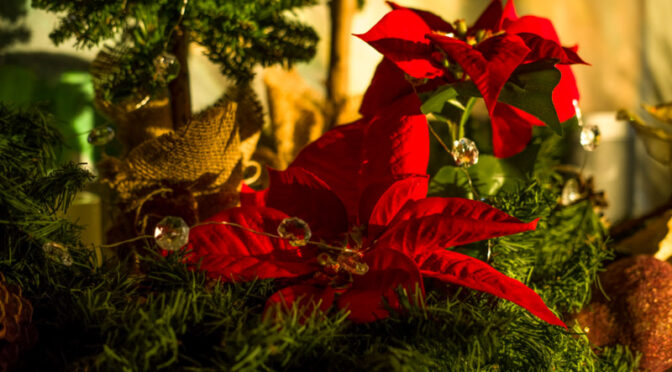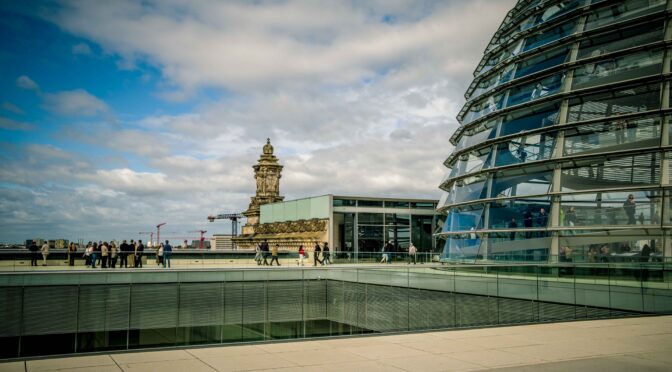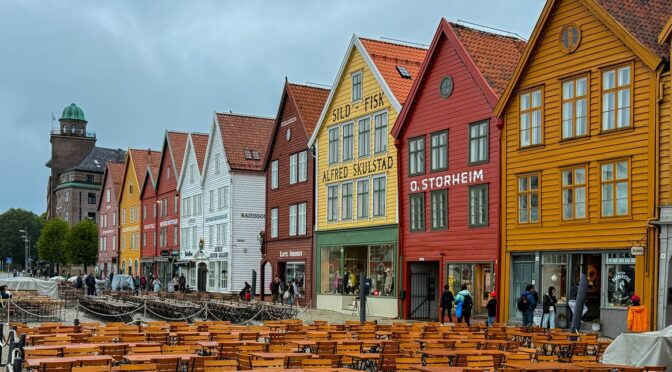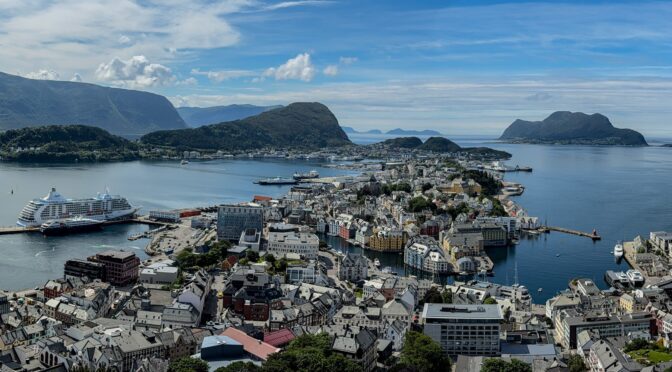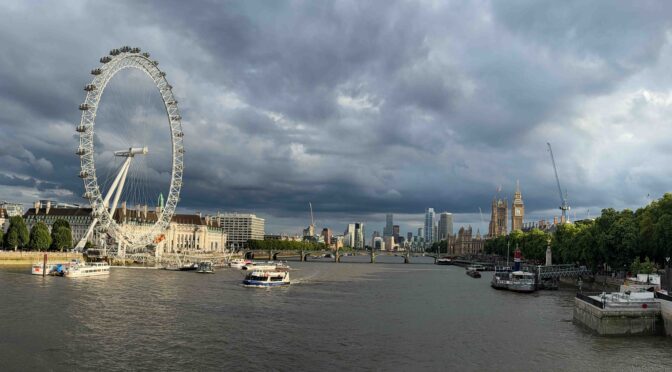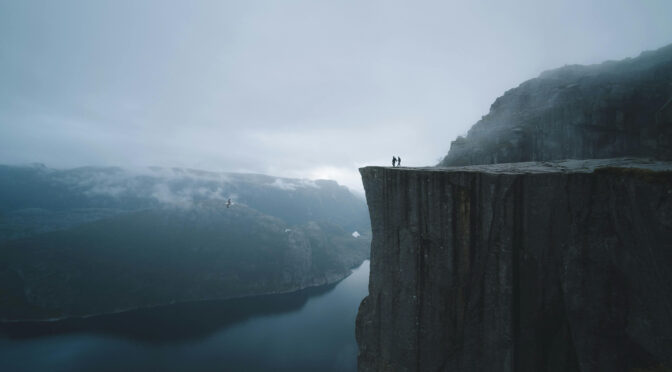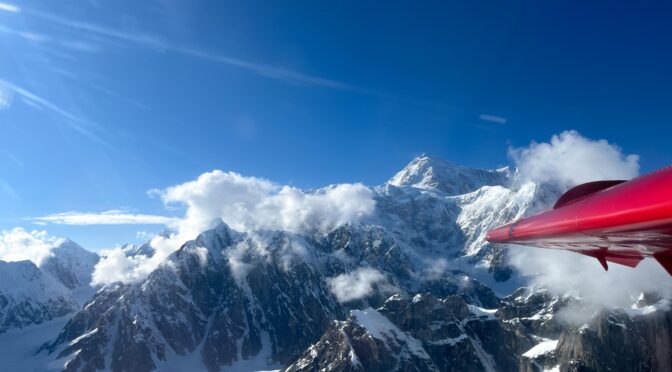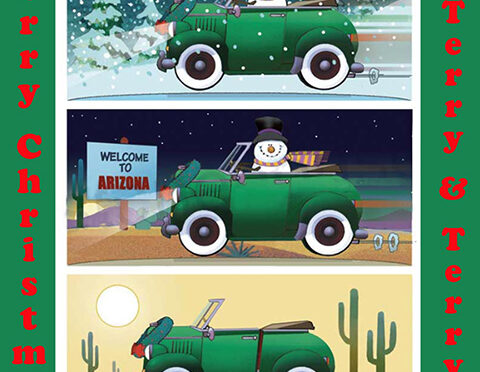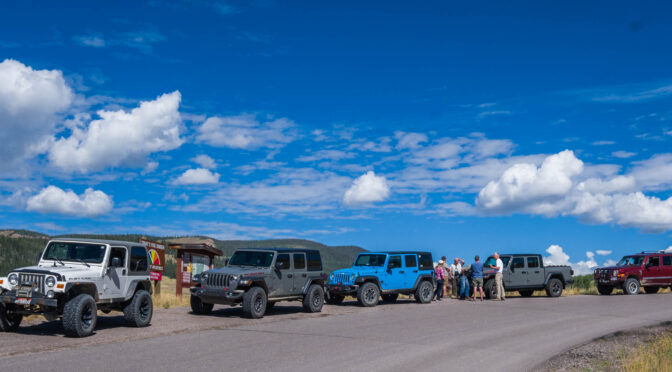BERLIN – BRIGHT LIGHTS AND DARK SHADOWS
We hit the streets after unpacking and soon realized graffiti we saw on our way from the airport is just part of Berlin’s charm. Continue reading BERLIN – BRIGHT LIGHTS AND DARK SHADOWS
NORWAY – A STUDY IN CONTRASTS
We embarked on a 2 ½ month adventure this summer. We traveled on ships, boats, ferries, trams, trains, busses, and private cars. In early July we sailed from England to the west coast of Norway on a 22-day cruise. After our exploration of 16 fjords above and below the Arctic Circle, we returned to England and boarded a plane for Oslo. Continue reading NORWAY – A STUDY IN CONTRASTS
SURPRISES AND DISAPPOINTMENTS
… and the kindness of strangers
Mr. T passed a kidney stone during the train ride from Oslo to Bergen. The train conductor demonstrated great kindness. He cleared the car at the Mydral station to give Mr. T privacy as he curled up on the seats to writhe in pain. The train made an unscheduled stop in a small hillside village to meet the ambulance which took him to the hospital in Voss. All is well now. Continue reading SURPRISES AND DISAPPOINTMENTS
CRUISE HIGHLIGHTS AND ASHORE IN BERGEN
This is a perfect morning in Bergen to finish the blog post about our cruise.
Mother Nature threw us a curve ball. We arrived when Norway was suffering from a historic heat wave. Continue reading CRUISE HIGHLIGHTS AND ASHORE IN BERGEN
ENGLAND TO NORWAY – THE ADVENTURE BEGINS
Our voyage began in England. Regent Cruise Line booked their guests at The Courthouse Hotel in Shoreditch the night before sailing. We checked in a day earlier to see the sights. Continue reading ENGLAND TO NORWAY – THE ADVENTURE BEGINS
2025 Summer – Fjord Adventures in Norway
Our summer adventure begins with a non-stop to England to board a 22-day Regent cruise to the western coast of Norway. At the end of the cruise we fly to Oslo and begin our 41-day car/train/boat trip around the countryside of Norway. We will end with a flight to Berlin for 7 days before flying home in mid-September.
Link to the cruise – https://axustravelapp.com/shared/itinerary/ced2eecf-b614-4044-b610-7c2da9710120
We are excited to have just completed two web sites filled with our travel photography and art. Here is the link to both.
Until next time.
2024 Travel
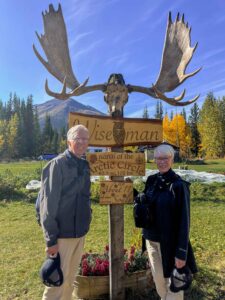
In August, we traveled to Alaska. It is untamed, vast and beautiful beyond description. We sailed on a Regent small ship to the Inside Passage.Our excursions included a visiting a bear observation platform outside of Ketchikan shown in the video below ; exploring the Mendenhall Glacier and parts of the Tongass National Forest near Juneau; walking the streets and visiting galleries in Skagway; hiking the forest trails around Icy Strait Point.; riding a dog sled; and flying into the Brooks Range above the Arctic Circle to the northernmost gold mining camp in North America, Wiseman Alaska (established in 1911), where residents are off the grid and use traditional self-sufficiency skills to hunt and grow their basic needs off the land. Continue reading 2024 Travel
We wish you and yours a very Merry Christmas
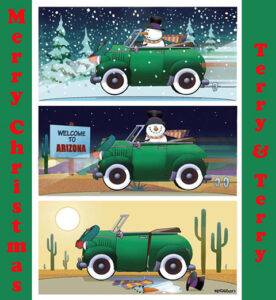
Every time a hand reaches out
To help another….that is Christmas
Every time someone puts anger aside
And strives for understanding
That is Christmas
Every time people forget their differences
And realize their love for each other
That is Christmas
May this Christmas bring us
Closer to the spirit of human understanding
Closer to the blessing of peace!
Terry and Terry
Summer in Colorado off the Paved Highway
There is joy and wonder exploring landscapes that cannot be seen from the paved highway. Continue reading Summer in Colorado off the Paved Highway
